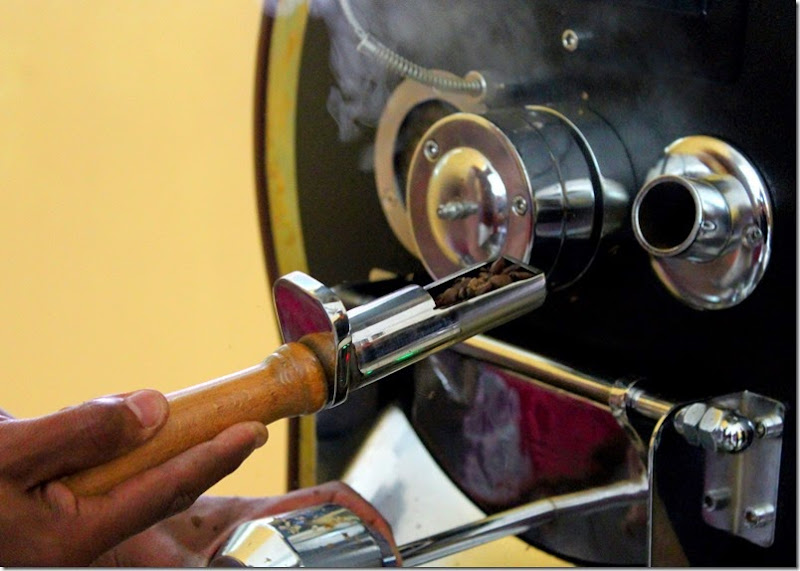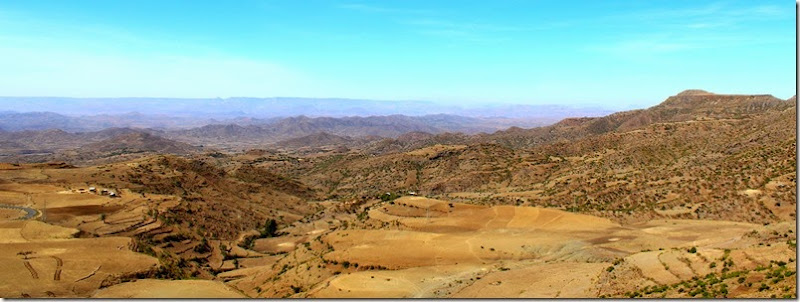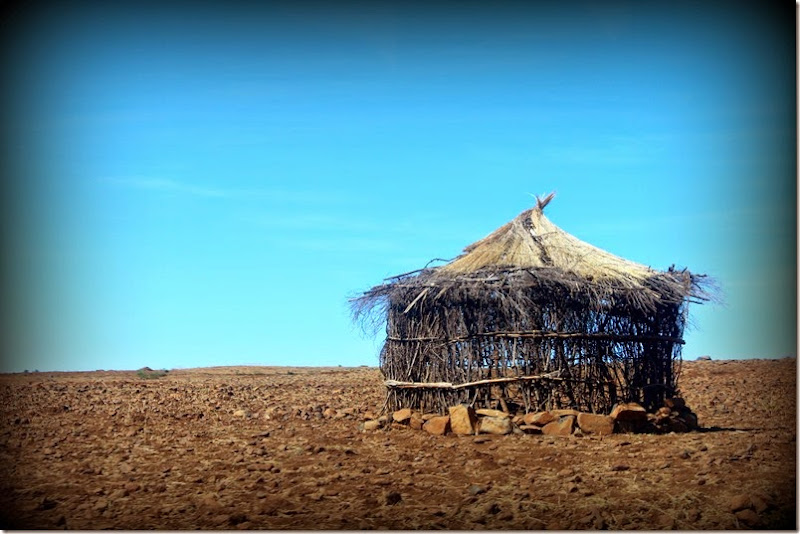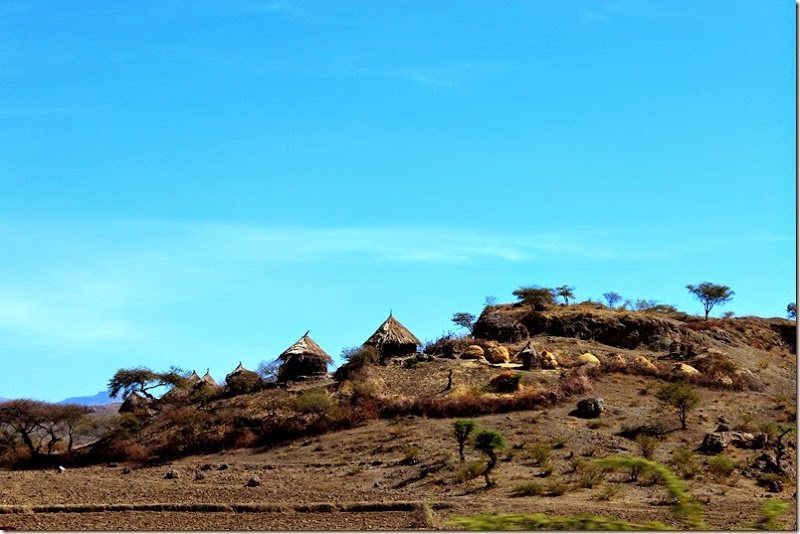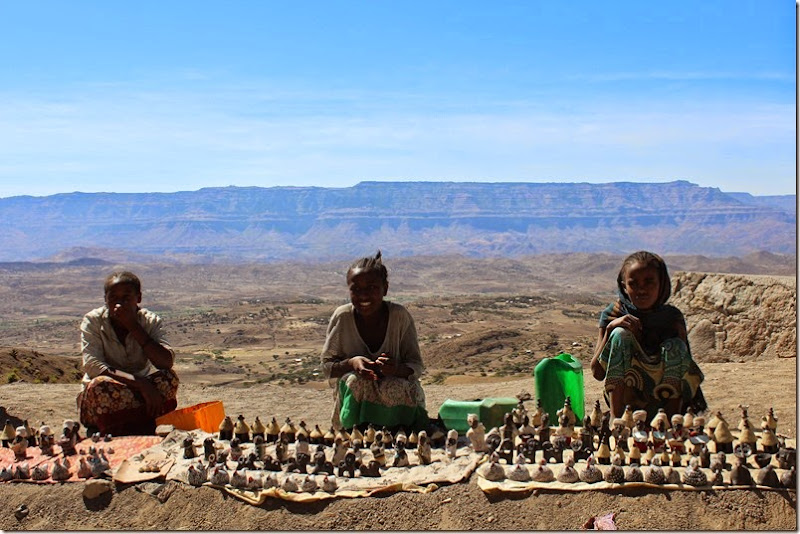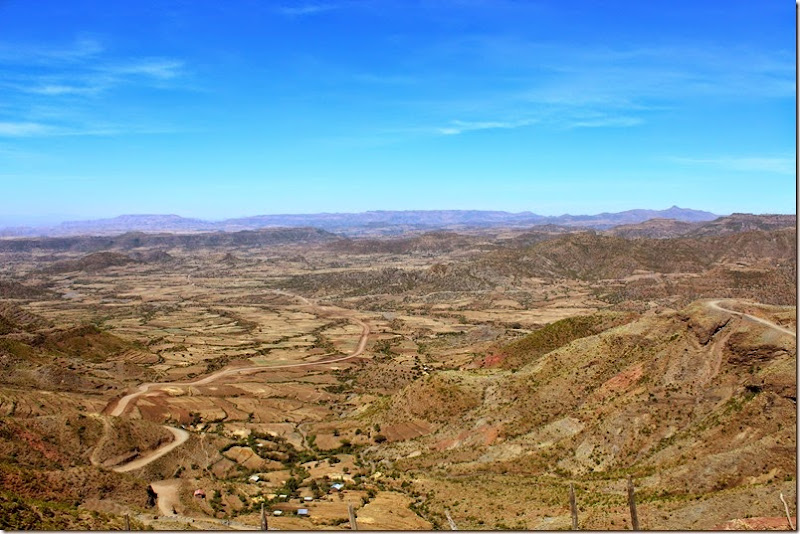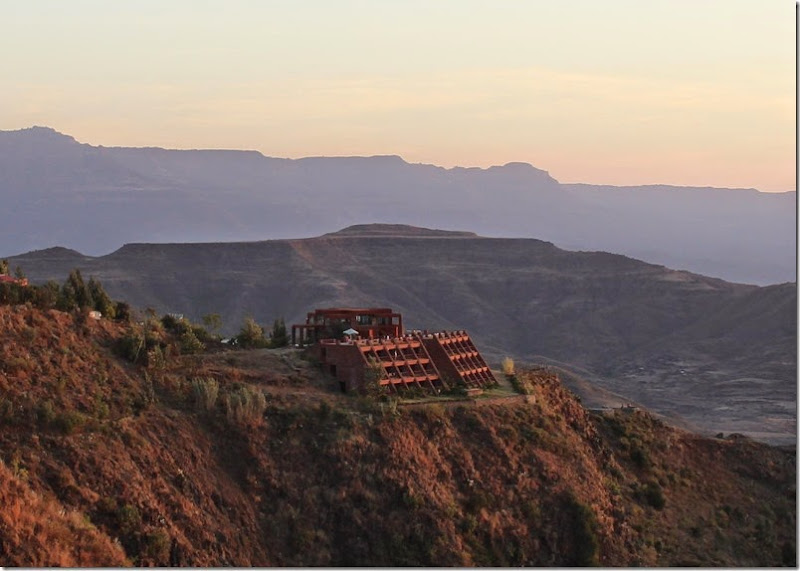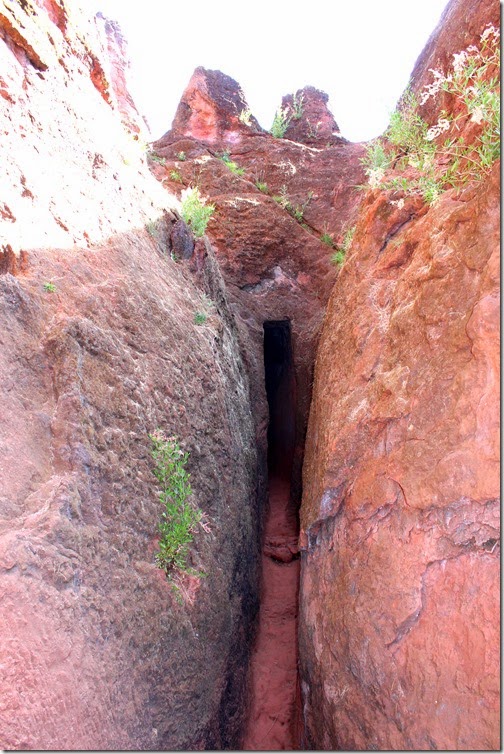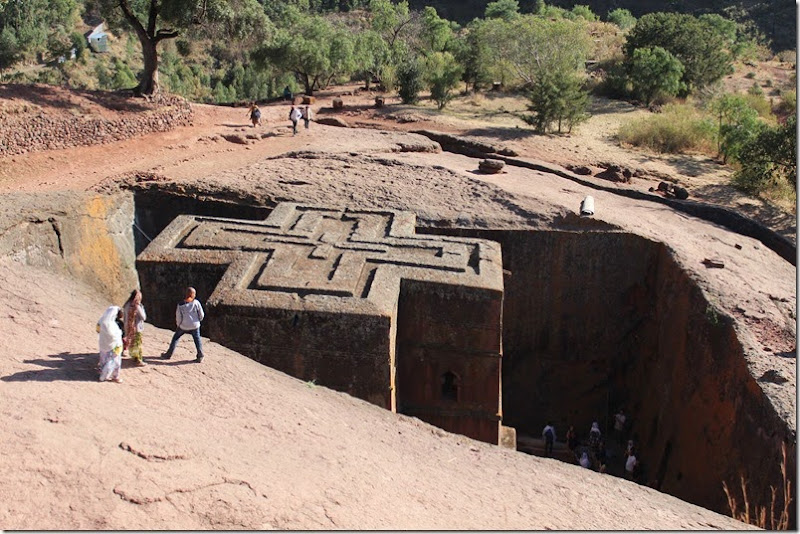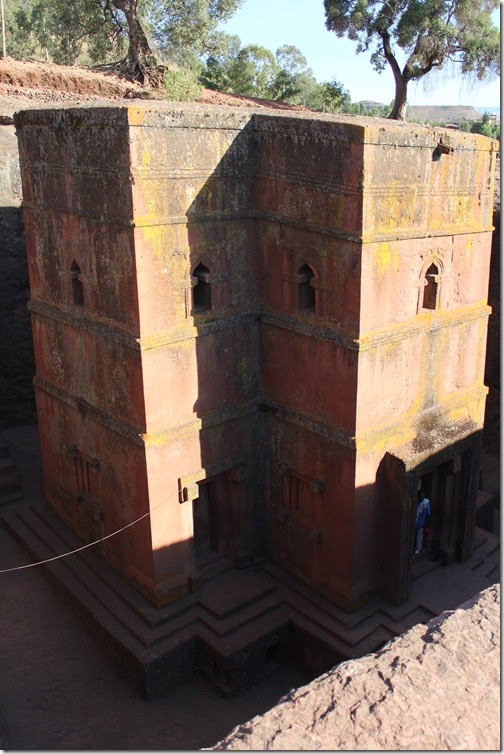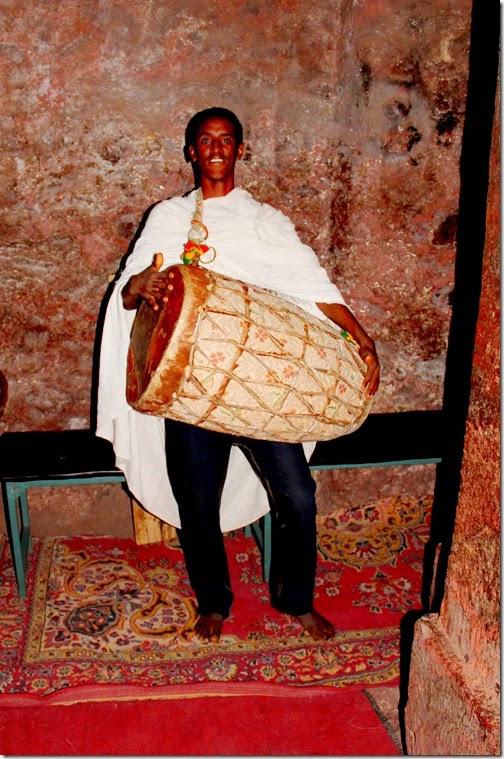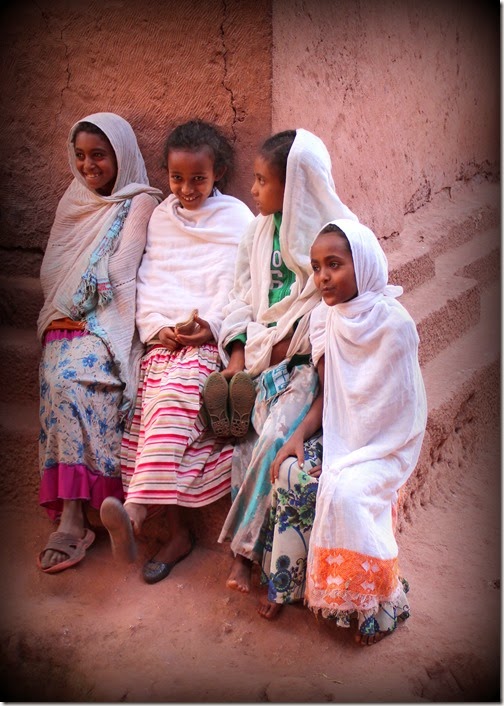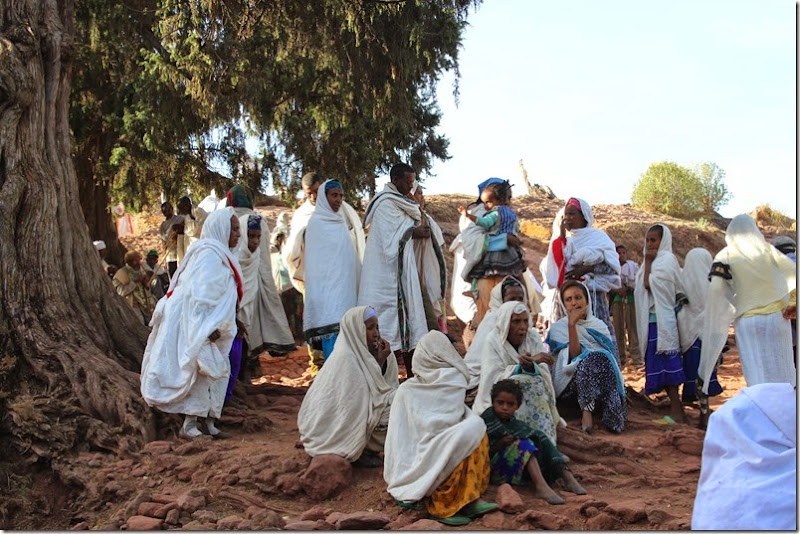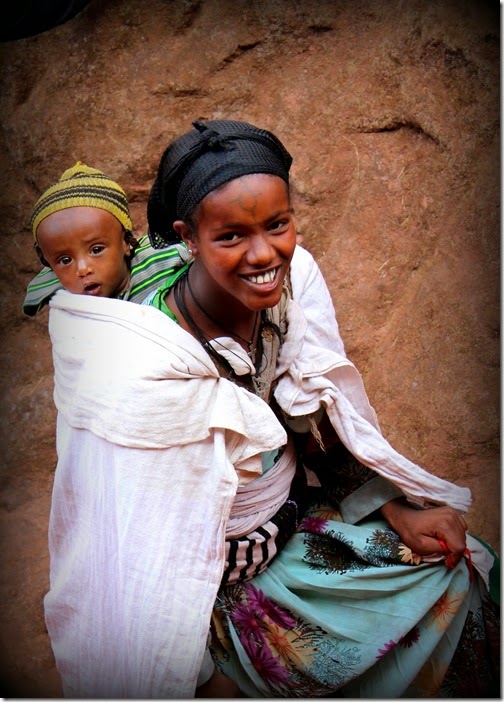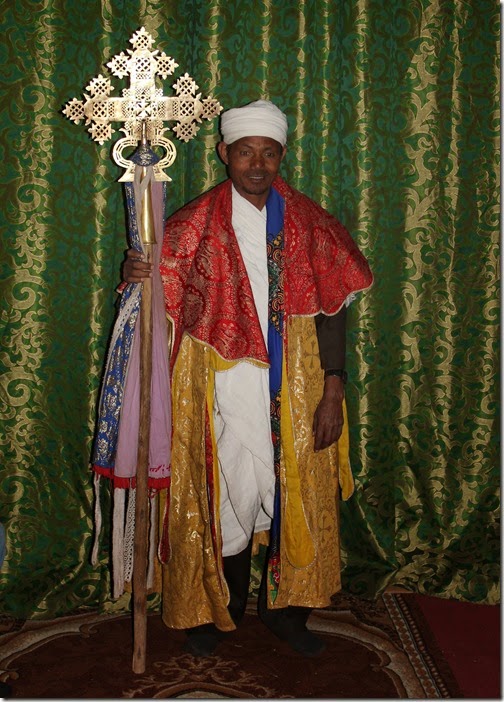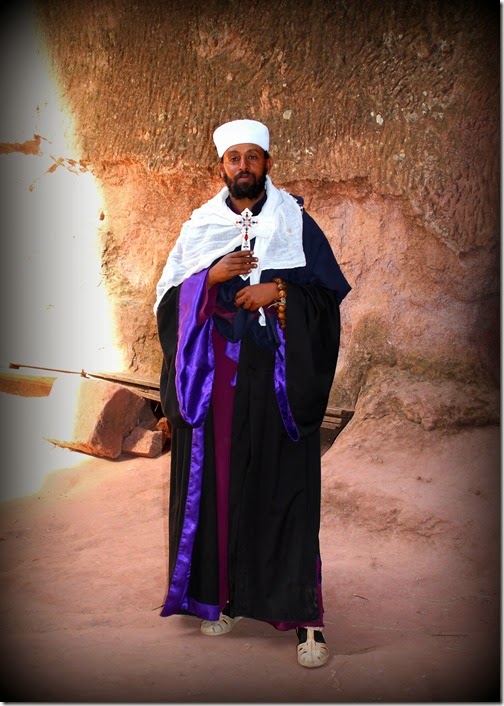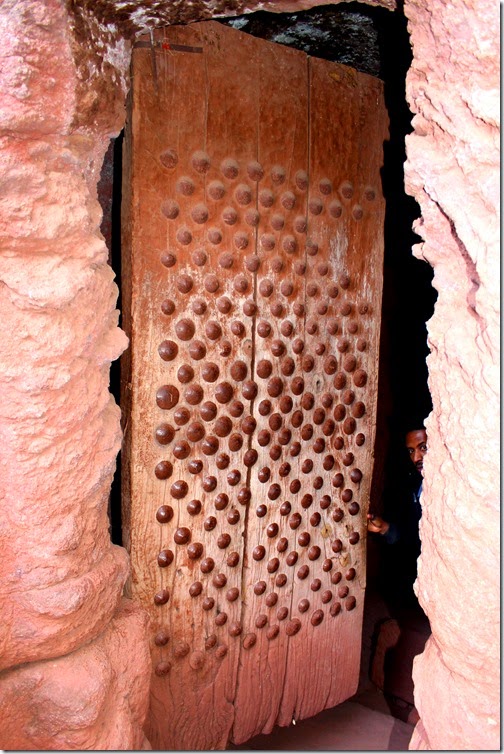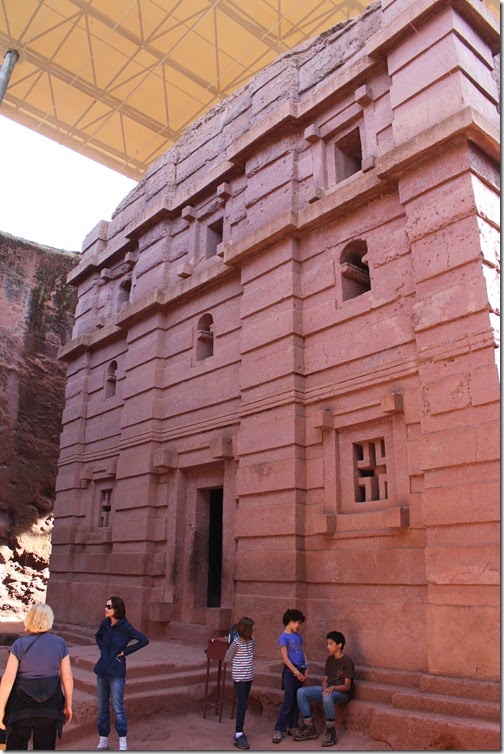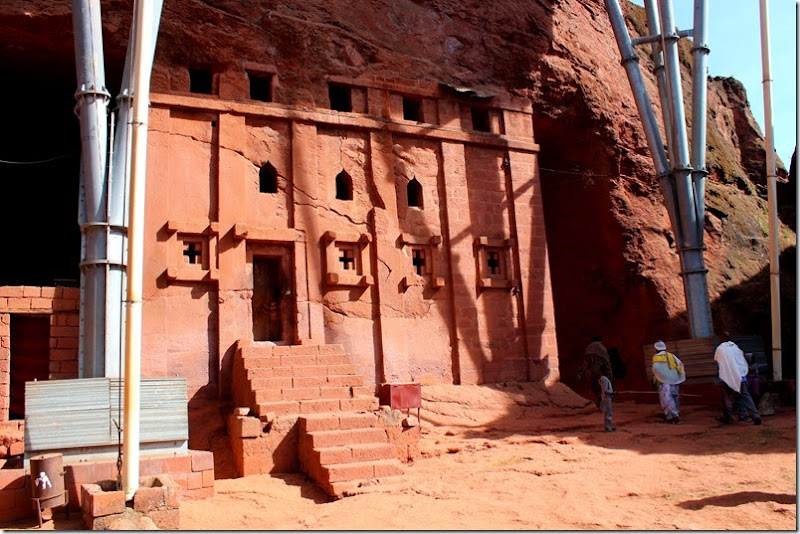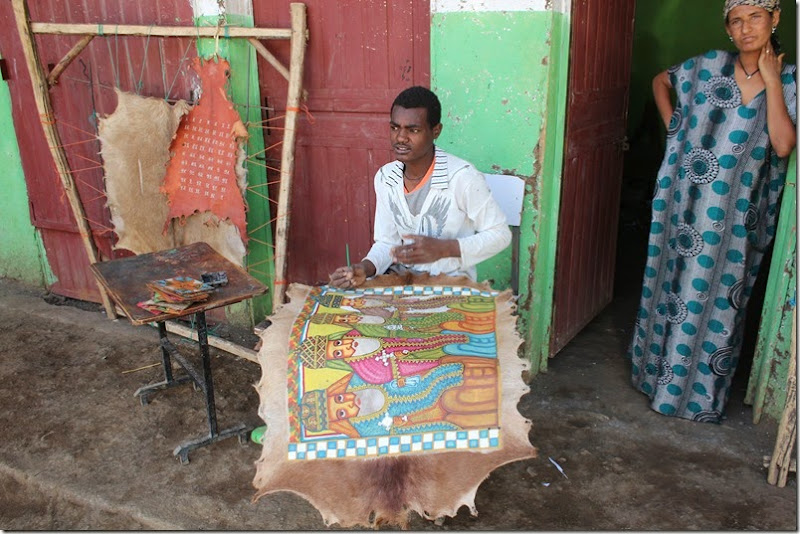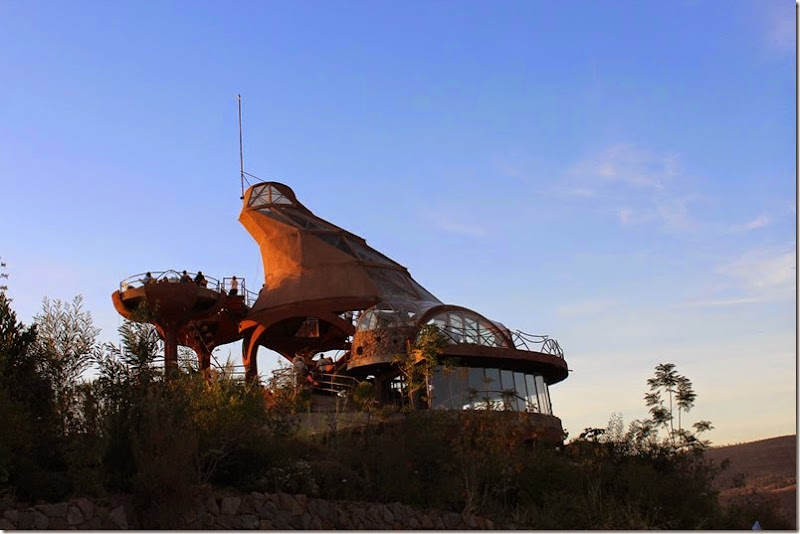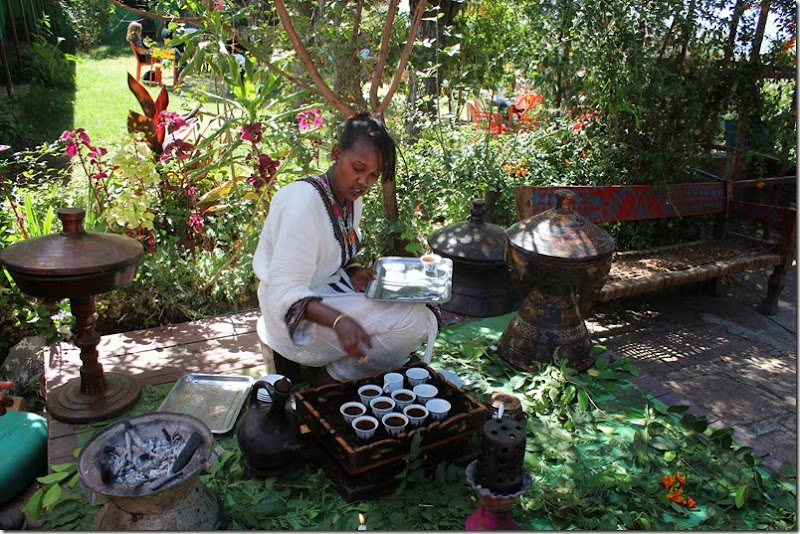We have been here for 10 days now and I thought I’d sit down and document what we have seen and experienced so far.
First, let me say that before coming to Addis, I was an Africa virgin, as in I had never set foot on the continent. Our jobs here are not language designated, so we didn’t get to learn Amharic (the Ethiopian language spoken around Addis) or take area studies, which makes me feel uncomfortable and ignorant but we will try to fix that as much as we can. Paul has a leg up on me in terms of travel to Africa as he has been to Ghana, Nigeria, Djibouti, Kenya, Tanzania, Uganda, and South Africa for work. So naturally, I have heard his stories. I’d also read about Africa, seen pictures, talked to people from Africa as well as others who had lived here, which gave me an idea of what Africa was like. But that’s only a second-hand idea, which is not at all the same as actually living here. Plus, Africa is so huge and diverse…
But be that as it may, ever since I learned I was posted to Addis about a year and a half ago, I’ve been trying to picture what it would be like to live here. I was intensely curious and nervous. I have to say that everything I had heard and read is true but then again not exactly. Of course, I have only seen Addis, and just over 10 days, so my experience is very limited but I want to jot down those first impressions of the place because I know as time goes by, things will become familiar and the wide-eyed curiosity about it will wear off.
So anyway, let’s start with the basics: Addis is the capital of Ethiopia, a country located in East Africa, just north of the equator. Ethiopia’s population is 80+ million, which makes it the second most populous country in Africa after Nigeria. Ethiopia is a landlocked country and the closest port to Addis is Djibouti. There are about 4 million people living in Addis. It’s very diverse because the seat of the African Union is here and there are a lot of diplomats and officials from all over the world living in the city. It’s elevation is roughly 8,000 ft/2,400 m above sea level, though the U.S. Embassy is little higher at about 9,000 ft/2,700 m. Ethiopia is considered a high-threat post because of it’s proximity to places like Yemen, Sudan and Somalia.
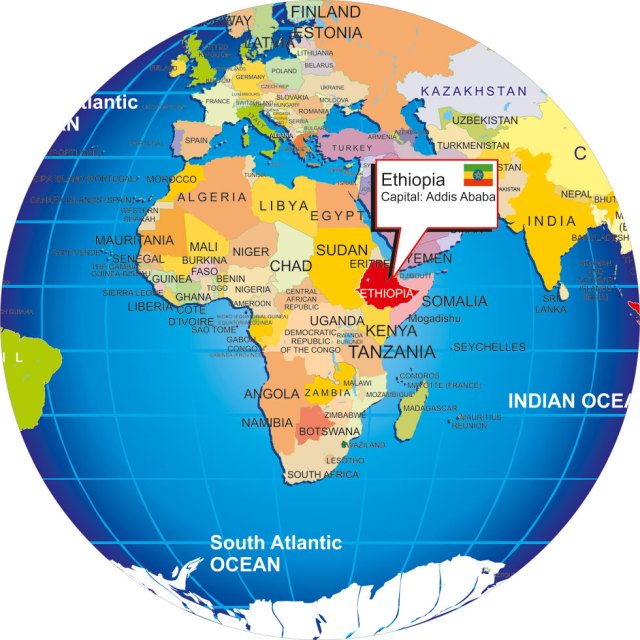
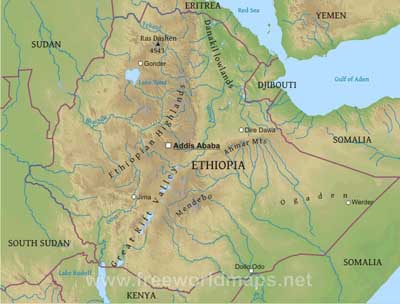
Despite its proximity to the equator, Addis doesn’t get really hot because of the high altitude. Right now the temperature is between 70 and 80 F (20-25 C) during the day. The sun is really intense at this altitude though and we have to be careful to avoid sun burn. But after the cold in Virginia, I just can’t get enough of the cloudless blue skies and the bright sunshine. The early mornings, evenings and nights are crisp and even chilly, so we sometimes get the fireplace going to make the house nice and cozy. 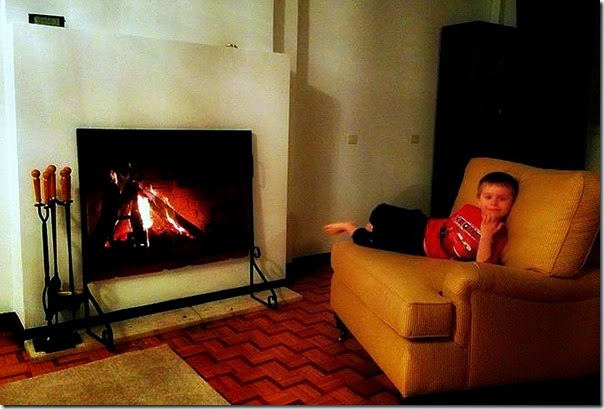
Another nice thing about Addis is that unlike most other places in Africa, there’s no malaria, again because of the high altitude, so thankfully, we don’t have to take anti-malaria medication.
We live in an area called Old Airport, which is close to the international school. It’s one of the nicer neighborhoods of the city where there are many embassies and embassy residences. But this is a developing country, so the streets are sporadically paved and you often see sheep and goat herds around in the neighborhood.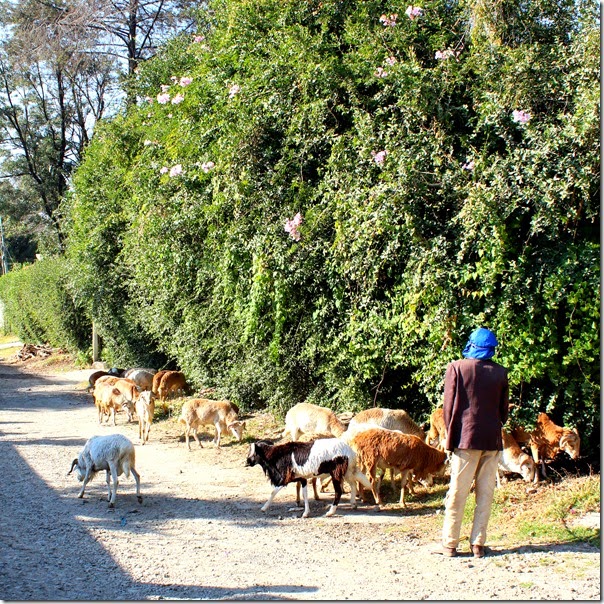
There are several small shops, restaurants, bakeries and cafes within walking distance to our house, which is quite nice since we don’t have our car yet and it probably won’t get here for another couple of months.
Our house is nice. We got a few pictures of it when it was assigned to us a couple of months ago but the pictures really didn’t do it justice, so I was very nervous about it as I wasn’t sure there would be enough space for all of us. When we got here, we found that space is not going to be an issue - we even have room for guests, so we are taking reservations. The house has three stories. The living room, dining room and kitchen are on the first floor. There are three bedrooms on the second floor. On the third floor there’s one large room with a queen bed, a couch, arm chairs, a desk and storage.
The house also has some oddities special features, such as the hobbit door into the kitchen which is about 5 ft tall. Max likes the hobbit door: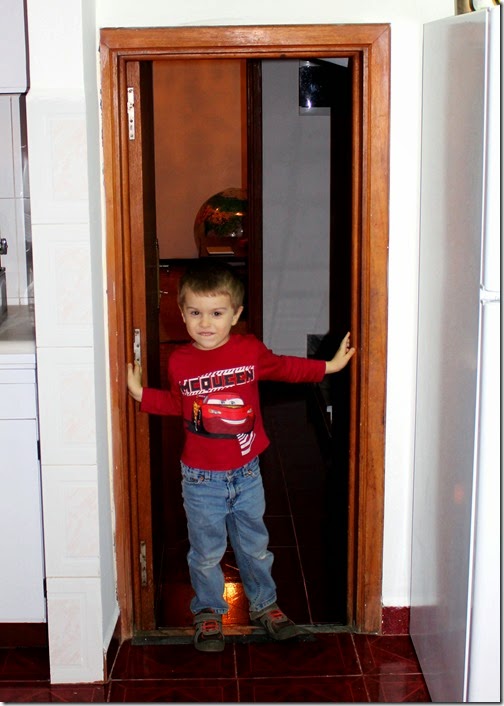
The rest of us, not so much. After hitting our heads to the point of seeing stars several times, we learned to duck while going through it but boy was that a painful experience. The kitchen seems to have been an afterthought. It looks like it was built as two additions to the original house. There is no flow to it whatsoever but there is room, so we can’t complain. We have very vocal pipes – any time we use water, the pipes make a whistling sound so loud that it wakes everyone up. We have a tin roof which expands during the day and contracts at night due to the temperature difference making a loud cracking sound. We have a number of oddly placed light switches as well as switches which don’t seem to control anything. The water heaters together with all the required wiring are right above the showers, which makes me extremely nervous but we kinda have to shower, so we do it anyway and hope we don’t get electrocuted.
We have a tiny but lovely yard, maintained by the day guard/gardener we inherited from the prior occupants of the house. We love hanging out in the yard enjoying the nice weather. There are some beautiful roses, geraniums, carnations, hydrangeas and heather but also rosemary, mint and two small coffee plants in the yard. Here’s picture of one of our coffee plants.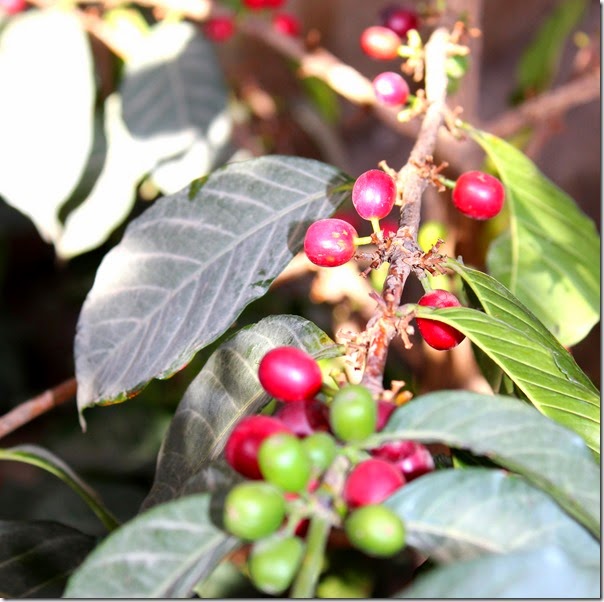
Speaking of coffee - Ethiopians love it and drink industrial quantities. Coffee originated in this part of the world and Ethiopia exports a lot of it. There are many cafes all over town, including several near our house. The coffee they serve is divine, except for the espresso which is so short and strong that it knocks your socks off. Some of the cafes serve traditional Ethiopian coffee roasted over open fire in a special ceremony using traditional vessels and cups. It looks like this:
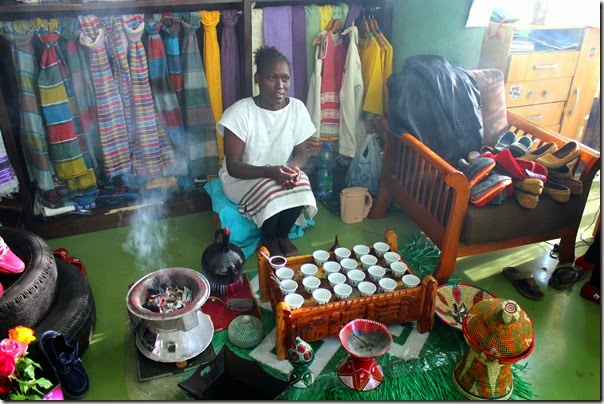
Others serve all the fancy drinks you’d find in a Starbucks coupled with yummy fresh pastries but for a fraction of what you’d pay for them in the U.S. Kaldi’s is one of the more modern cafes, where the caramel macchiato is amazing. The logo looks familiar, no?
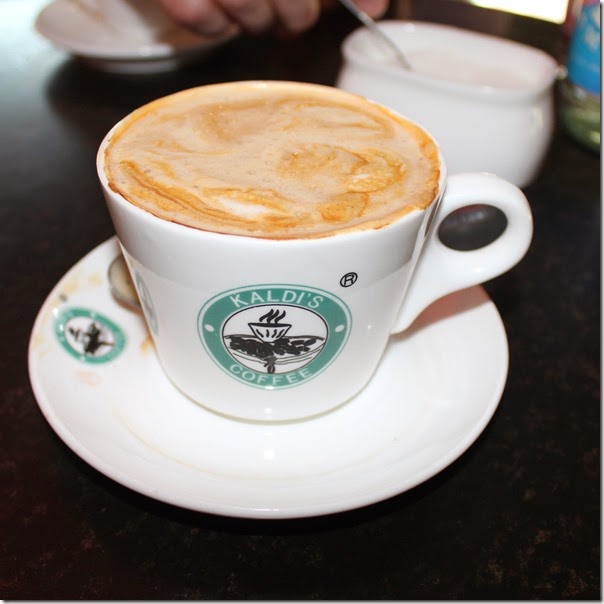
Another cafe, called Billo, has pastries that are so yummy they are unreal:
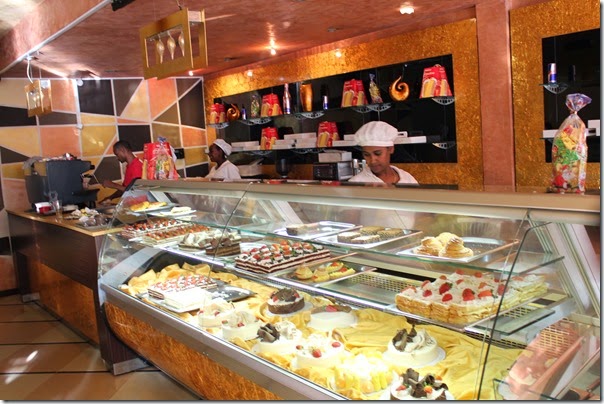
Notice the Tiramisu with strawberries? If you know me, you know that I looooooove Tiramisu, so let’s zoom in on it, shall we? Tiramisu with fresh strawberries, people!!! It doesn’t get any better than that in my book. And by the way, wonderful fresh strawberries are available year round. At $1.50 a quart, they are not exactly cheap by local standards but it’s so awesome to have them. So yeah, we will be just fine on the Tiramisu front. 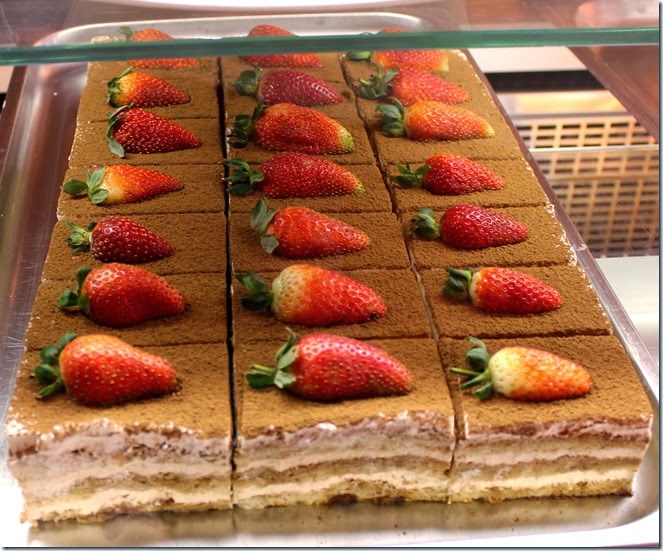
I got a little excited about the Tirmisu, didn’t I? So where were we? Oh, yeah, Ethiopians also love their beer, as can be seen from this clever Christmas display in one of the grocery stores close to our house.

Because of the timing of our arrival we got to celebrate Christmas twice in the last couple of weeks – once on Dec. 25 right before we left the U.S. and then again on Jan. 7, which is when most Ethiopians celebrate Christmas. Ethiopia is about 70% Christian, 30% Muslim. Most of the Christians are Ethiopian Orthodox though there are other Christian denominations as well. Unlike the rest of Africa, which was Christianized through colonization, Ethiopia has been predominantly Christian since about 4th century A.D., so Ethiopian Orthodox Christians think of themselves as the original Christians.
Ethiopians, both Christian and Muslim, seem pretty devout and you can hear the call to prayer from churches and mosques around the city throughout the day. I had heard the call to prayer broadcast from mosques using loudspeakers in various places but this is the first place I have been to where Christian churches broadcast the call to prayer and sermons using loudspeakers. Though we don’t understand Amharic or Arabic, it’s kind of neat to hear both the Muslim and Christian calls to prayer.
Ethiopian Orthodox Christians fast (don’t eat meat or animal products) for about 200 days each year - 40 days before Christmas, another 40 days before Easter and every Wednesday and Friday, so there are a lot of vegan Ethiopian dishes. They do eat meat the rest of the time, though not pork. The day before Christmas, there were huge markets around the city where you could buy cows, sheep, goats and chickens for the Christmas feasts. On Christmas Day we saw many piles of hides from the animals which had become Christmas dinner. Not the prettiest of sights but you knew you weren’t just going to get the pretties from me, right? The smell was not for the faint at heart either but we saw the hides being carted away the same day and are guessing they are going to be processed into leather goods.
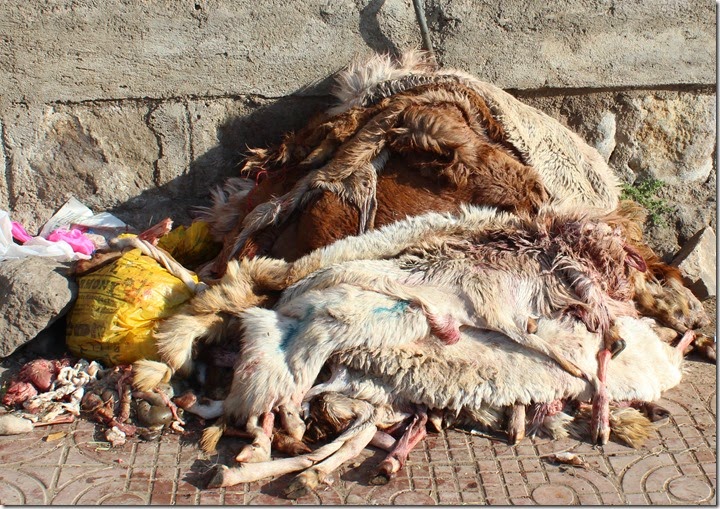
Paul and I started work and are trying to fit in the Embassy community. He works in the Public Affairs section on the Young African Leaders Initiative. I am in General Services working on procurement, property and warehousing. The work is interesting and our colleagues, both Ethiopian and U.S., have been very welcoming and friendly. The Embassy assigns volunteer social sponsors to newcomers to help them adjust to a new post. We got a great couple, who have been wonderful helping us set up the house, showing us around and just in general making us feel welcome. They have a little girl Max’s age and the kids seem to be getting along very well. Also, one of the DCMs here (there are two as there are two U.S. missions – a bilateral one between the U.S. and Ethiopia and a multilateral one to the African Union) served with us in Delhi and I have three A-100 classmates who have been in Addis for a while, so we have familiar faces and people to go to when things don’t make sense, which is nice. In addition to that, we have an American-Ethiopian friend from our time in Delhi whose mother is in Addis right now, so she’s been spoiling us too. She has been bringing tons of Ethiopian food, helping us find a nanny and giving us pointers and useful information about living in Ethiopia. Needless to say, life here would be much harder without these folks and we are eternally grateful to them.
The city is undergoing a lot of construction right now, so it’s very dusty. The dust combined with the high altitude is affecting us, so we have been a little under the weather. First the kids, then me, then Paul have all succumbed to congestion, cough, and runny noses but we are slowly starting to feel better. Here’s hoping we’ll be completely well by next Tuesday, when the kids start school. They have been home since we got here and can’t wait to go to school and make new friends.
I was totally expecting us to get high-altitude nausea and headaches like we did in the Himalayas in India but so far that has not been an issue. Perhaps our scary experiences in India prepared us for the high altitude here. We do have some mild nose bleeds and sleeplessness, which we think are high-altitude related. We also get winded very easily but we are told that our bodies will adjust in time. Then watch out for us because when we get back down to sea level, we’ll run like the wind, ha!
Traffic is bad, though not as bad as in Delhi. Of course, in Delhi we didn’t have to worry about the crazy traffic most of the time because we lived on the compound. Now we live across town from the the Embassy, so we are in traffic twice a day every day. We take a shuttle to work and are slowly getting familiar with the city. The commute is great for people-watching, which I find fascinating. We hear there are a couple of traffic lights in Addis but have yet to see one. There are a lot of round-abouts though and they seem to regulate traffic somewhat. Ethiopia has the highest number of motor vehicle fatalities in the world, so driving is stressful. There is a lot of unpredictable behavior on the part of drivers and pedestrians alike. We hear that a lot of the drivers chew a local narcotic, called khat or chat, which apparently is perfectly legal here (!!!) but it gets them high and contributes to their unpredictable behavior. So driving should be fun, right?
OK, I think this is enough for today. There’s more where this came from but the Tiramisu with strawberries is calling my name and I can’t resist. Ciao!
P.S. Just for the record, I know my blog header is in bad need of an update, considering we left India 4 months ago but I don’t yet have appropriate pictures from Ethiopia, so we’ll have to put up with the old one for now.
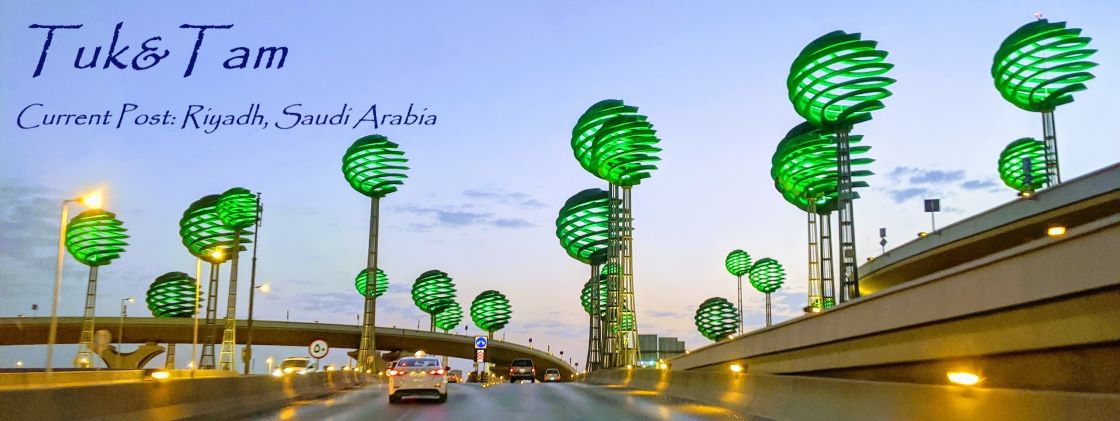
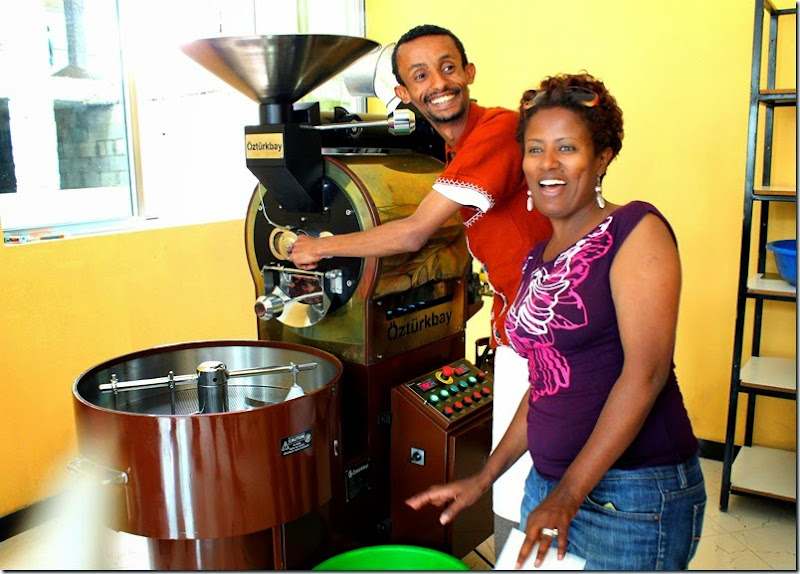
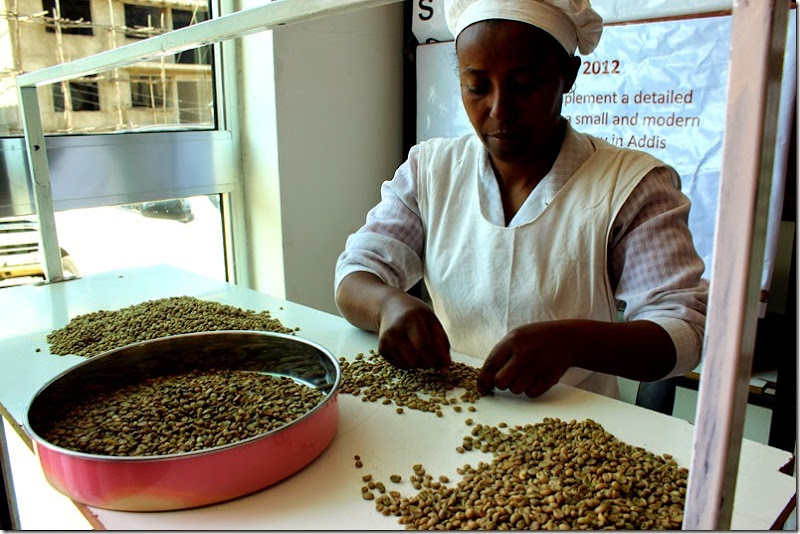 A Ya Bunna employee sorting raw coffee beans from a farm in Wollega.
A Ya Bunna employee sorting raw coffee beans from a farm in Wollega.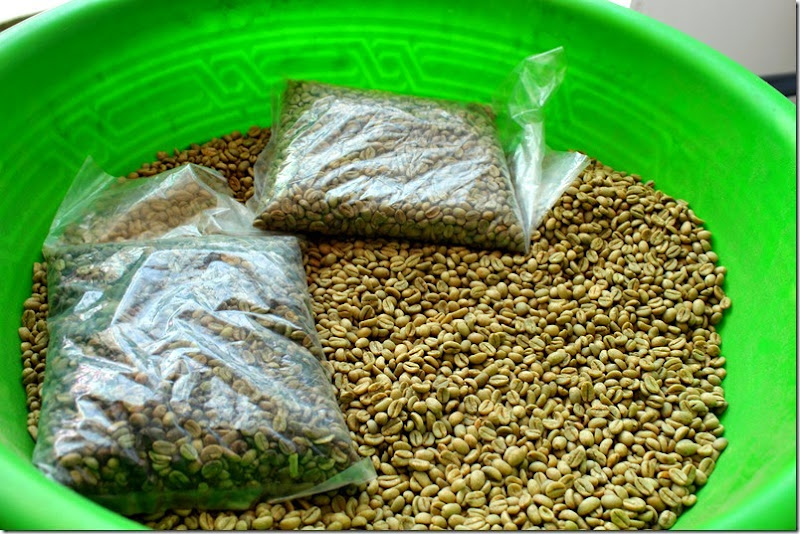
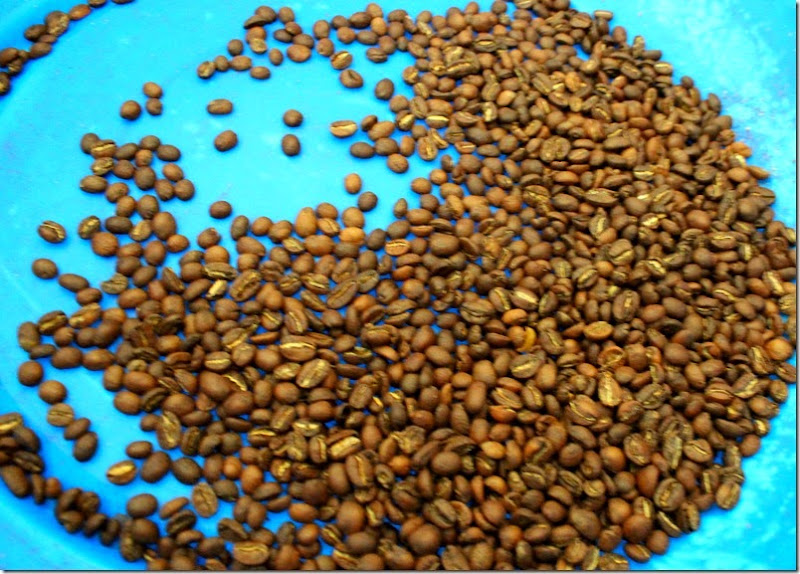 And this is what medium roast coffee looks like (sorry the picture is a little blurry).
And this is what medium roast coffee looks like (sorry the picture is a little blurry).